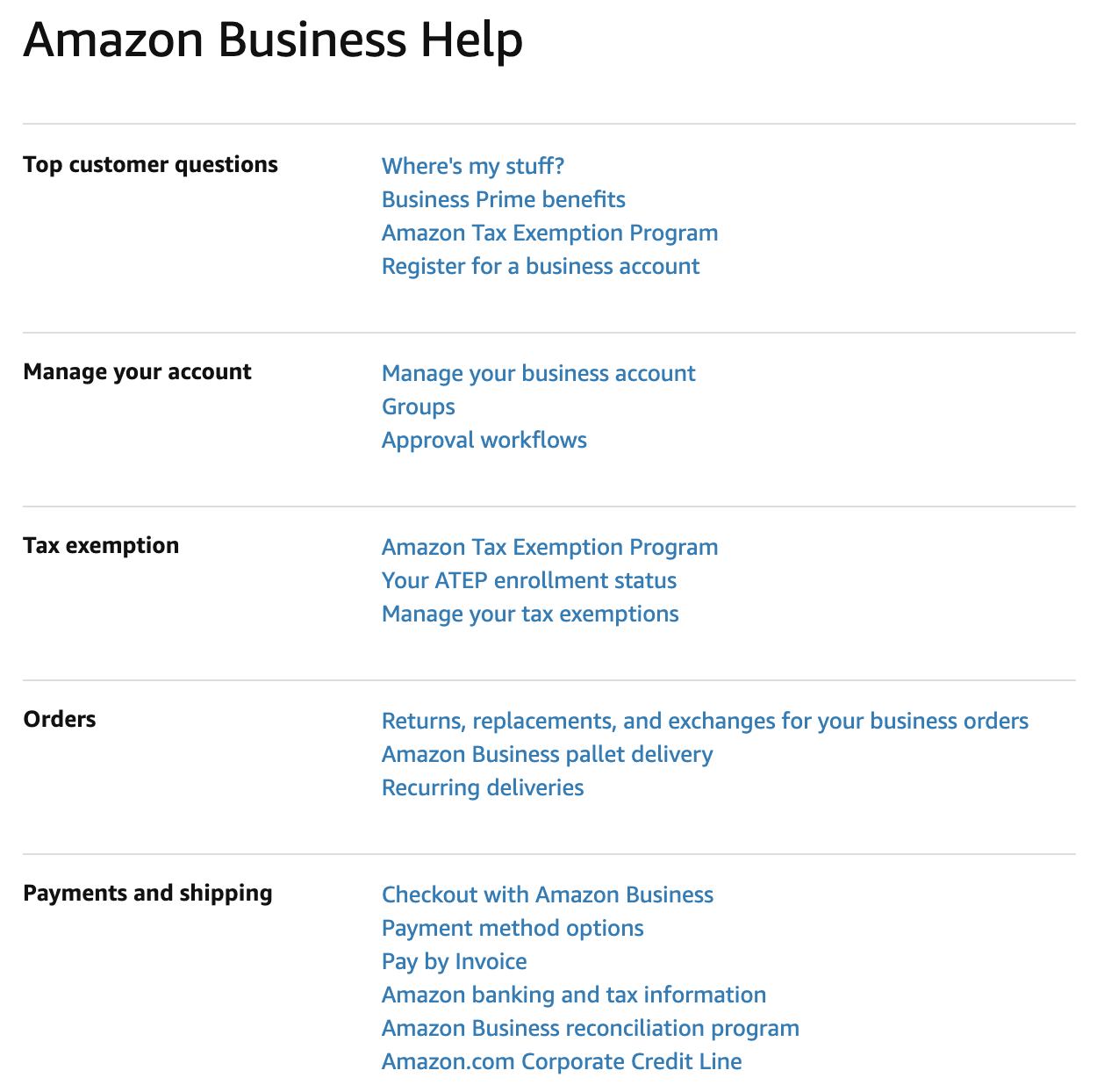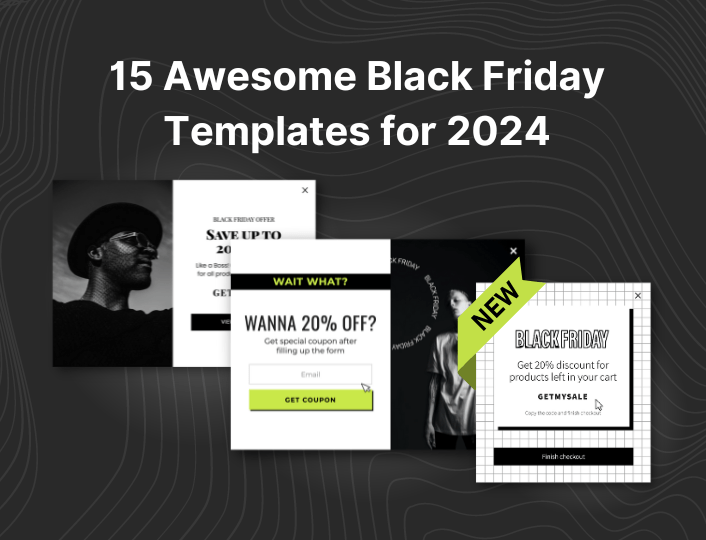The e-commerce market is a fiercely competitive one. To stay ahead of the competition and increase your Shopify sales, you need to master the art of creating a detailed FAQ page.
A well-put-together FAQ page serves to answer your website visitors’ questions, delivers confidence in your brand, and makes your business sound knowledgeable. In addition to these benefits, a Shopify FAQ page means fewer customer questions, enabling you to get on with the serious business of generating more sales.
In this article, we’ll look at the best way to create a detailed Shopify FAQ page, with some tips along the way to optimize this new section of your website.
What Is an FAQ Page?
An FAQ page is a page to help your website visitors find important information about your company. As well as through the means of instant messaging software for business, FAQ website sections provide details on your company’s processes, the typical purchasing journey, and more.
A detailed FAQ page answers all your visitors’ questions from one spot, removes barriers to checkout, and simplifies their buying journey. Often, when visitors choose to navigate to your business’s FAQ page, it’s because they’re at a crucial point in your sales funnel. At that stage, they need the correct information and answers to any possible questions they might have to convert.
What makes a good FAQ page, especially for an e-commerce website?
A well-designed e-commerce FAQ page usually contains the following information:
- Shipping and return policies.
- Ordering processes.
- Sizing and customization questions.
- Contact information.
- Payment methods.
- Product stock levels.


What Are the Benefits of a FAQ Page?
If you intend to grow your Shopify store, a FAQ page is a great place to begin. Here are some of the great things about implementing a Shopify FAQ page:
- Reduces the amount of work for customer support agents.
- Improves SEO and the customer journey.
- Reinforces trust with your business’s brand.
- Diminishes purchasing anxieties and questions.
- Lessens customer complaint rates.
In addition, a detailed FAQ page will help reduce Shopify cart abandonment rates. Why is that so? The reason is that a well-detailed FAQ often contains vital shipping information your customers need to be aware of. When they know your shipping policies, they will likely not abandon their carts.
On top of that, FAQ pages can help boost your website’s SEO. This is because FAQs are naturally short and sweet information pieces, and they’re easy for search engines to rank and will help generate more organic website traffic for your business. For best results, use internal links and relevant keywords within your FAQ page.
Shopify FAQ Page Content Ideas
The following are some commonly asked e-commerce questions that you can use for inspiration for your own FAQ page:
- What payment methods do you accept?
- How do I return an order?
- Are returns free?
- How long does shipping take?
- What size should I order?
- How are your products made?
- How do I contact you?
- I haven’t received my order, what should I do?
- What is your returns policy?
- What shipping options can I choose from?
Consider grouping more popular and commonly asked questions together at the top of your FAQ page. This saves your customers time by giving them faster answers and a better customer experience.


How to Create a Detailed Shopify FAQ Page
Now that we’ve covered the reasons why a detailed Shopify FAQ page is great for your website, let’s explore how to create your own.
Step 1: Select “Add page” in your Shopify dashboard
Once logged in to your Shopify admin account, navigate to Online Store and select Pages. From here, select Add page.
Step 2: Add your FAQ page title and content
Next, you can edit the new page you’ve just created. Choose a title for your FAQ page, and then add your questions and answers content. Save your work.
Step 3: Add your FAQ page to your website’s menu
Next, you need to add a link to your new FAQ page in your website’s menu.


Shopify FAQ Templates
Shopify offers lots of different FAQ templates for you to use and customize to your business’s preferences. These templates provide you with a framework for your FAQ content. As a Shopify store owner, you can also explore the in-house app store for various ways to present your FAQ content.
Here are things to take into consideration when choosing a template:
- Customizable options.
- FAQ accordion styles.
- Search functionality.
- Capacity for image and video content.
- Syncing with help desk features.
Best Practices for FAQ Pages
It’s never enough to add an FAQ page to your website; you need to optimize it to yield maximum results.
Here are a few things you can do to optimize your FAQ page:
Categorize
For FAQ pages with lots of information, consider categorizing the information for ease of use. For example, organize the content into sections such as shipping, ordering, returns, etc. Take a look at the example below from Amazon for ideas on how to categorize your content. The categories work well to differentiate customer questions, and users can quickly scan the information to find the answers they are looking for.

Search
If your customers are simply looking for your business’s local phone numbers, make it easy for them to find this information using a search bar. Try to keep your messaging as easy and straight-to-the-point as possible.
Simplicity
Your FAQ page must contain information that is easy to understand. Short, to-the-point questions and answers are key for this page. For example, explain clearly how to install the top customer service software options, leaving no room for doubt.
Data
Just as you use customer data to provide great omnichannel customer service, insights from your customers are valuable when creating your FAQ page. Use analytics from your CRM and customer emails to gather common questions. To encourage more data from your customers, consider a website feedback form with an incentive.
Competitors
Check out your competitors’ FAQ pages for some content ideas. This is the ideal place to research your FAQ content and ensure your FAQ page is up to date.
Links
Add internal links to your FAQ page. This strengthens your website’s SEO presence and helps your customers navigate through their buying journey. For instance, if you have a how to create a promo video on your website that succinctly explains this topic, add a link within your FAQs for valuable context.
Think about what the next step is in your customer’s journey after reading specific FAQs. Try and include an internal link to a relevant piece of content or landing page that pushes them further along your sales funnel to conversion. Incorporate well-placed CTAs and use them to your advantage on your FAQ page.
Images
Your FAQ page would be pretty bland if it contained only text and no images. Break it up and make it easy to read by adding free images that help clarify answers to questions.
Update
Your FAQ page must be constantly refreshed with new information and business updates. This website page should be used as a valuable resource by all team members. Following successful virtual interviews, your business’s FAQ page is ideal to use as an onboarding tool for new staff, enabling them to efficiently learn about your company.
New products and services will require an update to your FAQ page. Don’t forget to add troubleshooting tips so that customers know that your business is on top of handling support requests.
Monitor
Once your FAQ page is live, be sure to analyze how it’s performing and how your customers are interacting with it. Check if your customer support requests have reduced and ascertain if your FAQ page supports your customers as intended.
Conclusion
A well-crafted FAQ page is a bridge between your customers and your business.
Here are things to keep in mind when creating an FAQ page:
- Include authentic customer questions.
- Group related questions into categories.
- Optimize your FAQ page for search.
- Update your FAQ page regularly.
Creating an FAQ page in Shopify is simple to achieve and will help improve your visitors’ browning experience. A well-crafted FAQ page can help boost your sales and expand your business.
Collecting the most frequently asked questions that your customers ask and delivering this information on your FAQ page will help you build stronger credibility for your business.




